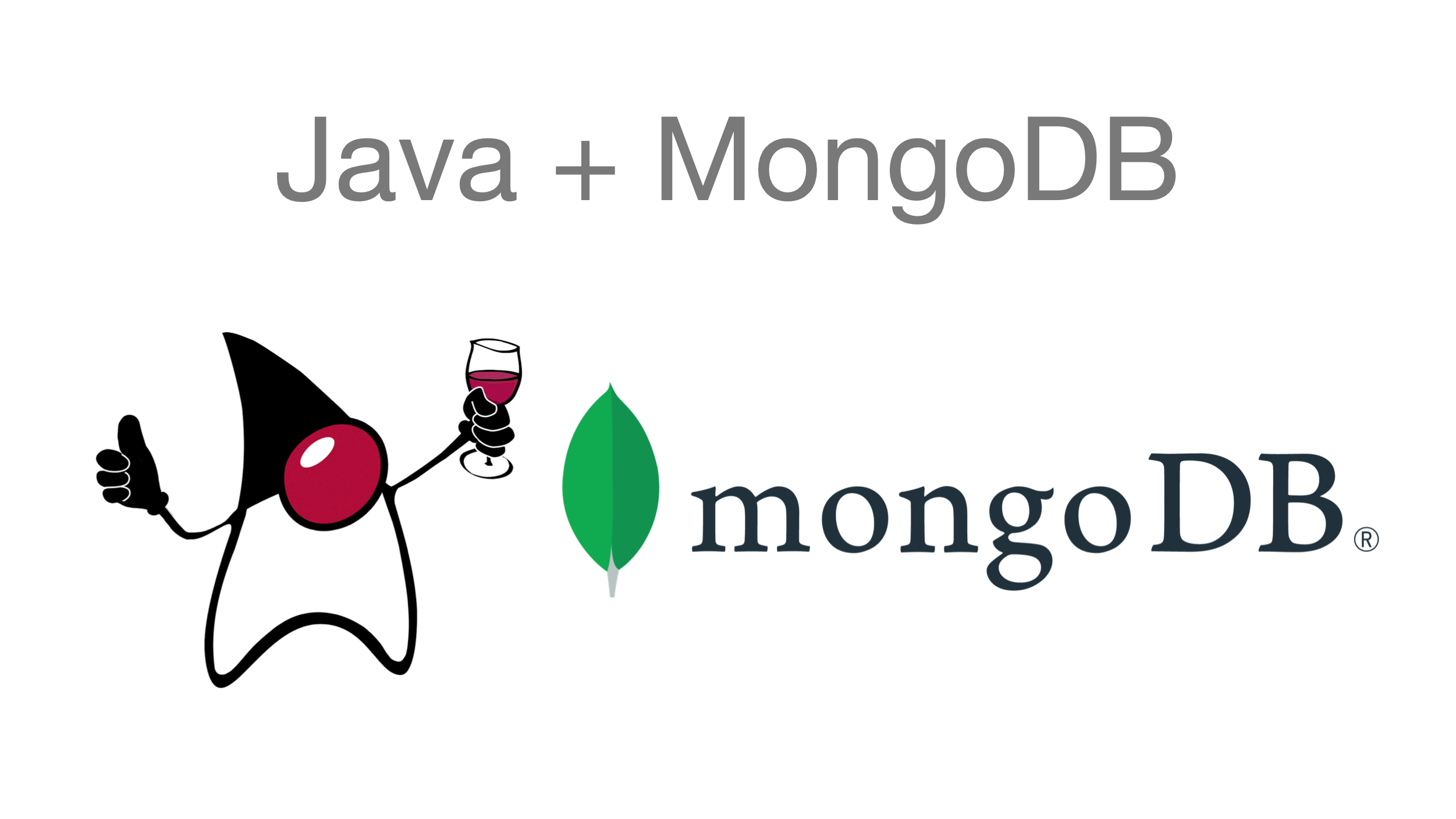Building a CRUD API with Java and MongoDB: A Comprehensive Guide
In modern web development, creating a robust API (Application Programming Interface) is essential for building scalable and data-driven applications. Java, with its versatility and widespread adoption, coupled with MongoDB, a flexible NoSQL database, provides a powerful combination for building a CRUD (Create, Read, Update, Delete) API. In this blog post, we will guide you through the process of building a CRUD API using Java and MongoDB, enabling you to handle data operations seamlessly.
Setting Up the Development Environment
To begin, you’ll need to set up your development environment. Install Java Development Kit (JDK) and Apache Maven for dependency management. Additionally, download and install MongoDB to set up the database. Make sure everything is properly configured and ready for development.
Creating the Java Project
Next, create a new Java project using your preferred Integrated Development Environment (IDE) or the command line. Set up the necessary project structure and dependencies. Include libraries such as Spring Boot and MongoDB Java Driver to streamline development and facilitate interaction with the MongoDB database.
Defining the Data Model
Identify the data entities in your application and define the corresponding Java classes. These classes will represent the data structure and define the properties and relationships. Annotate the classes with appropriate annotations from the Spring framework, such as @Entity and @Field, to map them to MongoDB collections and fields.
9 Online Courses for Visual Basic Certification: Enhance Your Programming Skills
Configuring the MongoDB Connection
Configure the MongoDB connection by providing the necessary connection details, such as host, port, and database name. Utilize the MongoDB Java Driver or leverage Spring Data MongoDB, which simplifies database operations by handling the connection and mapping objects to MongoDB documents.
Implementing CRUD Operations
Create methods to perform CRUD operations on the MongoDB database. Implement functions for creating new documents, retrieving existing documents, updating document fields, and deleting documents. Utilize the MongoDB Java Driver or take advantage of Spring Data MongoDB’s built-in repository interfaces to streamline the implementation of these operations.
Building RESTful Endpoints
Design and create RESTful endpoints to expose the CRUD operations as an API. Utilize Spring Web or a similar framework to define routes and map them to corresponding controller methods. Ensure that the endpoints adhere to RESTful principles, using appropriate HTTP methods (GET, POST, PUT, DELETE) for the respective operations.
Testing the API
Thoroughly test the API endpoints using testing frameworks like JUnit and Mockito. Write unit tests to validate the behavior and functionality of each CRUD operation. Use tools like Postman or cURL to make HTTP requests and verify the responses. Test edge cases, error handling, and data validation to ensure the API performs as expected.
Adding Security and Validation
Enhance the API by adding security measures and data validation. Implement authentication and authorization mechanisms to secure the endpoints, ensuring that only authorized users can access and modify the data. Utilize Spring Security or similar libraries to handle authentication and role-based access control.
Documenting the API
Document your API to provide clear instructions and guidance for developers who will consume it. Use tools like Swagger or Springfox to generate API documentation automatically. Include details such as endpoint URLs, request/response formats, authentication requirements, and examples. Well-documented APIs make it easier for others to integrate and utilize your API effectively.
Deploying the API
Once you have completed development and testing, deploy your CRUD API to a suitable hosting environment. Consider options like cloud platforms (e.g., Heroku, AWS, Azure) or dedicated servers. Configure the necessary server and network settings to ensure the API is accessible to clients.
Building a CRUD API with Java and MongoDB empowers you to create powerful, data-driven applicationswith ease. By following the step-by-step guide outlined in this blog post, you can set up your development environment, define data models, configure the MongoDB connection, implement CRUD operations, create RESTful endpoints, test the API, add security measures, and document your API effectively.
Java’s versatility and MongoDB’s flexibility as a NoSQL database make them a potent combination for building scalable and efficient APIs. Leveraging frameworks like Spring Boot and Spring Data MongoDB simplifies the development process and allows for seamless integration with the database.

